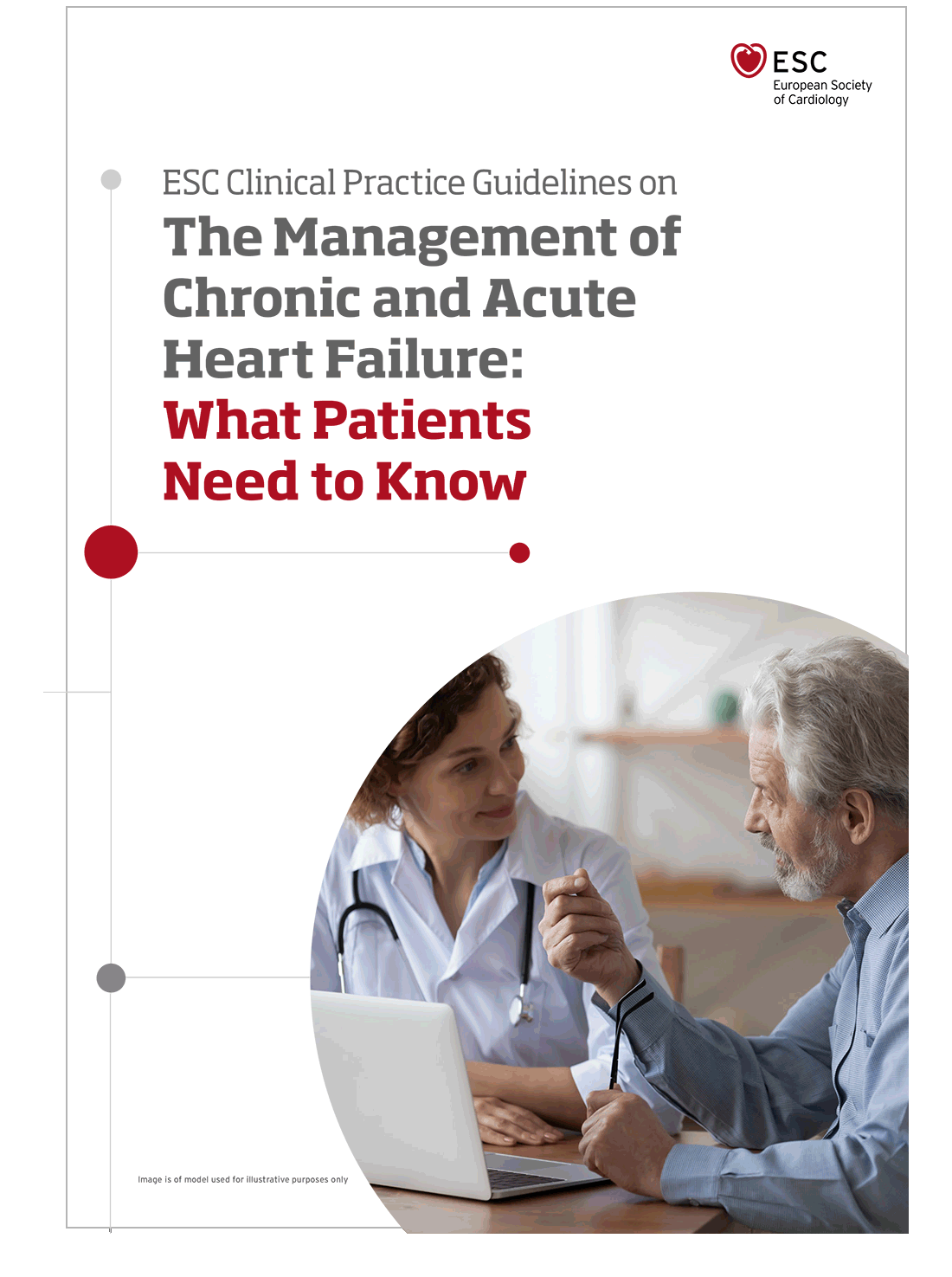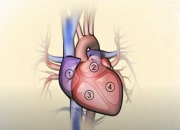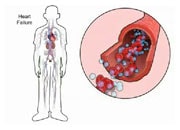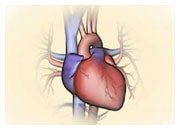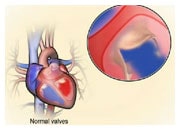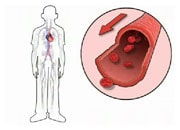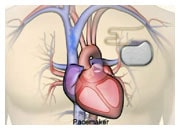Taking your own blood pressure and pulse
You may be advised to take regular blood pressure and heart rate (pulse) readings at home, or you may decide to do this for your own interest. Either way, it is important that you learn how to take an accurate reading.
Why?
Monitoring your own blood pressure and heart rate can make you feel more in control of your condition and have more confidence in the treatment you have been given. You can also share this information with your doctor or heart failure nurse. Monitoring can provide information that may improve your management period.
However, measuring your blood pressure at home can also make you more anxious about your condition. If so, you should try to resist the temptation to take readings too often. Your doctor or nurse will discuss with you your present blood pressure and heart rate values, and explain to you the target values that should be achieved with the help of your treatment. These target values don’t mean that all measurements should necessarily fall within these limits. However, if repeated measurements are out of range, you should make an appointment your doctor or nurse.
How?
Blood pressure monitors are rarely available free of charge from your doctor. However, you may be able to borrow one for a period of time.
You can easily measure your pulse rate at home. All you need is a watch with a second hand or a digital stop-watch. Find a quiet place where you are not distracted, sit down, and after at least 10 minutes (to ensure you obtain a resting pulse) count your pulse by gently placing two fingers on the inside of your other wrist, below your thumb and count the beats for 30 seconds (don’t use your thumb as you may feel its own pulse). You then double this figure to get your resting pulse – this should usually be between 60 and 100 beats per minute.

